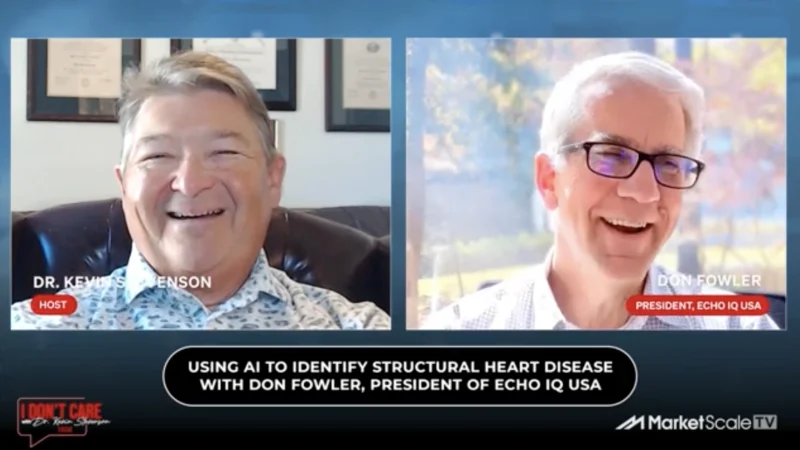How AI Imaging Technology is Revolutionizing Orthopedics
Imaging and diagnostics are important facets in healthcare and nearly every area of medicine relies on this technology to diagnose or monitor conditions. In orthopedics, it is an especially vital tool, as it allows surgeons to discover and perform successful procedures for their patients. Currently, improved AI imaging technology is helping to support orthopedic surgeons in identifying and better detecting concerns and conditions. CurveBeam AI is a leader in developing equipment to assist orthopedic surgeons in this process and will help change the future of AI imaging technology and orthopedics.
In what way is AI imaging technology being used in orthopedics and how will it revolutionize surgical procedures?
To explore the topic in the “CurveBeam AI” podcast, Dr. Lew C. Schon, orthopedic surgeon and professor, interviewed Stuti Singh, the company’s Director of Imaging and Diagnostics. The two discussed the general expectations of imaging and diagnostics, AI imaging technology, and where AI stands to be a gamechanger in the imaging field.
Dr. Schon and Singh also talked more on the subject in regards to …
- The challenges pertaining to metal hardware and how it affects imaging but also assists CurveBeam AI in improving their technology
- How 2D images are converted to 3D images for higher quality and better orthopedic estimations
- How data and troubleshooting play a big factor in CurveBeam AI’s algorithm
“We will have customers send us examples of images they’re struggling with, of anatomy they want to see, but it’s too blurry… and we actually use those images that we get in our development. So, we will test newer versions of the algorithm with that clinical data, with their permission, of course. We actually even have some customers who have, in the validation of this product, to replace their multi-slice CT. They have scanned a patient with metal hardware in multi-slice CT and in cone-beam CT and have shared the difference with us so we can see kind of what the more ideal image would look like on multi-slice CT and having that kind of ground truth is really useful as well. So, we work really closely with our customers and it’s really valuable, I think, going both ways because we are hopefully giving them the better and better product, but it’s really their feedback and their data that helps us get there,” said Singh.
Dr. Lew C. Schon is a board-certified orthopedic surgeon and is the Director of Orthopedic Innovation Institute of Foot and Ankle Reconstruction at Mercy Medical Center in Baltimore. He is also a professor of orthopedic surgery at NYU Langone and Johns Hopkins University, respectively.
Stuti Singh is the Director of Imaging and Diagnostics at CurveBeam AI. She has held that role for over a year now and has been with the company for more than eight years. Prior to that she worked as an engineer for Boeing. Singh is also an alum of Georgia Institute of Technology.




